The ghost of Charles Dickens haunts this post as I begin writing in the lobby of his favorite hotel, the Boston Omni Parker House. I’m sitting in an oversized, velvet peacock chair with my laptop, coffee, and rare book volumes of The Old Curiosity Shop, purchased this morning at Brattle Book Shop. It’s a whole vibe.
I travelled to the East Coast for the ghosts and spooky stories, but my writer’s soul wasn’t expecting such a celebration of authors. Every place I went, I found myself inspired by those who came before. I don’t expect to become the next Dickens, but I love the idea of creating something that stands on its own in the world. An idea that needs to percolate.
This post somehow became one part ghost stories and one part book report, but I found too much joy in my discoveries not to share. Many of you New Englanders are already rolling your eyes, closing your laptops, and driving away to visit your gorgeous cemeteries under all the bright crimson leaves. That’s ok, I already know you’re all far more “wicked smaht” than me.
Sleepy Hollow - Washington Irving
Headless horsemen abound in this magical storybook land. Children wear them unironically on their soccer uniforms. Yellow signs caution cars to yield to a horseback rider sans head. The Visit Sleepy Hollow website features a headless rider racing away on horseback, arm outstretched, apparently offering up what could be a head or a pumpkin to the world at large.
A line forms across the bridge where Ichabod Crane famously disappeared. Tour guides practice their speeches along the creek bed.
Iron cemetery gates creak as visitors trudge to visit the horseman’s final stop after a successful night of haunting.
I always thought the Legend of Sleepy Hollow and the headless horsemen were just that - a legend. An old rumor passed along through generations of gossiping townsfolk with too much time on their hands. Until I visited, I never realized the whole story came from a book written by Washington Irving in 1820. This story is only 51 pages long and is a fairly fun read, with expressive jargon and incredibly detailed descriptions of food.

Irving controversially develops his protagonist as a student of Witchcraft (something that might raise a few eyebrows even today). Even more scandalous, Ichabod Crane’s favorite book History of New England Witchcraft is written by none other than Cotton Mather, the infamous historical Puritan Reverend who contributed heavily to the frenzy of the Salem Witch Trials.
Washington Irving created several books and short stories in a beautiful estate christened “Sunnyside” on the outskirts of Tarrytown, overlooking the Hudson River, next to the same whimsical village where his famous tale is based.
I am so enamored with the idea that a place can be cherished not because of its famous haunting but because of a famous work of fiction written about a haunting. For centuries, the story has completely consumed the town, and it isn’t even based on a true story… or is it?
"The dominant spirit, however, that haunts this enchanted region, ...is the apparition of a figure on horseback without a head...[H]aving been buried in the church-yard, the ghost rides forth to the scene of battle in nightly quest of his head; ....and the spectre is known, at all the country firesides, by the name of the Headless Horseman of Sleepy Hollow." -Washington Irving, "The Legend of Sleepy Hollow"
Salem - Nathaniel Hawthorne
I chose to stay on the 6th floor of the Hawthorne Hotel exclusively because of its promise to be the most haunted lodging in Salem. I did not know that the hotel was a tribute to the author of The Scarlet Letter and The House of Seven Gables, a story about the curse of a house based in the heart of Salem, Massachusetts.
Judge John Hathorne was Nathaniel Hawthorne’s great-great grandfather. He was better known as the “Hanging Judge,” due to his cruelty in sentencing at least twenty people to death during the Salem Witch Trials. The other judges from the trials formally apologized and repented for their part in killing innocent people. Judge Hathorne was the only hold-out who went to his grave insisting he had done the Lord’s work.
He is currently buried in the country’s second oldest cemetery, Old Burying Point / Charter Street Cemetery, built in 1637. In addition to the infamous Judge, residents include a passenger from the Mayflower and many original townsfolk and accusers. Unfortunately the victims of the witch trials were not buried here, as it was against the law to bury accused witches on sacred ground. The cemetery is located between the Salem Witch Trials Memorial and an old house which used to belong to Nathaniel Hawthorne’s in-laws.

Nathaniel Hawthorne was deeply ashamed and embarrassed by his family’s connection to Judge Hathorne, so much so that he changed his last name to add a “w” to further distance himself from his great-great grandfather. He wrote the House of Seven Gables as a form of revenge, using Judge Hathorne as inspiration for Judge Pyncheon, cursed due to his contributions to the witch trials and dying mysteriously by choking on his own blood.
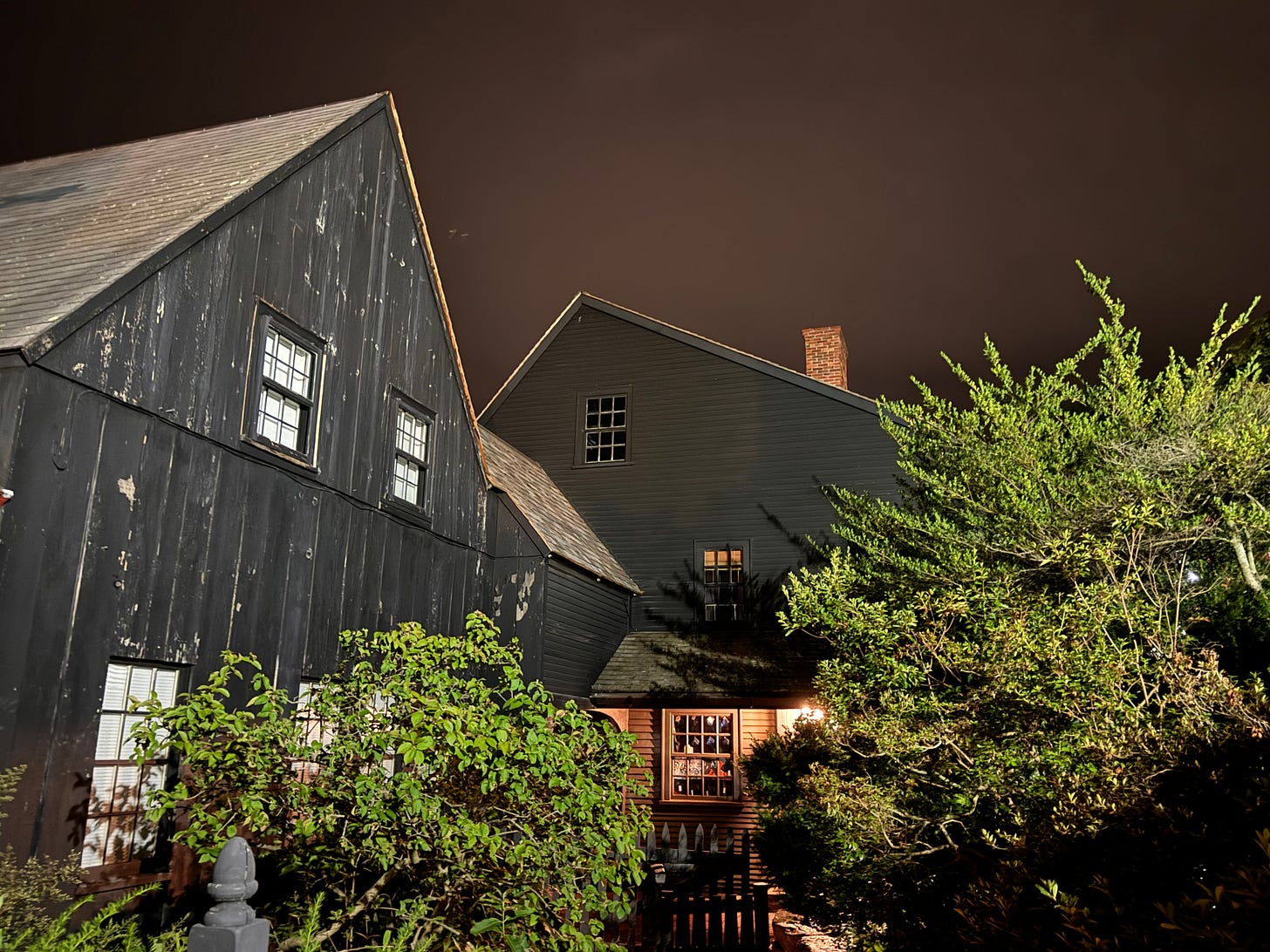
It would seem that Nathaniel Hawthorne is just as preoccupied by his own cursed legacy in death as he was in life. During a ghost tour, I was shown an image of an apparition of Nathaniel Hawthorne with his exact hair and facial features, standing at the 1st floor window of his in-law’s house, staring stiffly at Judge Hathorne’s grave.
While the Hawthorne Hotel is a tribute in his honor, it’s not necessarily haunted by Nathaniel, but rather the “lady in white.” Nobody knows for sure who she is, but she wanders the 6th floor hallway and is known to pass through each room as an apparition or shadow. She also frequents room 325, standing at the foot of the bed or occasionally tugging at your feet.
Boston - Edgar Allan Poe
I did not get to spend much time with Edgar Allan Poe on this trip, but he is arguably the most famous of all. He was born in Boston and published his first book of poems under the pen name “A Bostonian,” however the Poe museum and many years of his life were based in Virginia. My tour guide on Spellbound Tours recommended a book titled Poe-Land: The Hallowed Haunts of Edgar Allan Poe, which outlines all of the significant locations attributed to his memory.
The envious author of his obituary painted him as a drunken madman, and he does have some flaws, namely marrying his shockingly underage cousin. But he elevated literature during a time when writers were celebrated simply because they were American and not for any actual talent. Poe was a scathing literary critic who refused to accept any slack:
“I cannot bring myself to feel any goadings of conscience for undue severity. I intend to put up with nothing that I can put down.” - Edgar Allan Poe
He wrote many genres but gothic tales were his bread and butter, playing on common fears of the time, such as being buried alive. He was famed for sucking readers in from the first sentence, prioritizing shock value and macabre curiosity.
Although it was a struggle, Poe was the first American author to live off his earnings as a writer. The Raven was his most popular poem, prompting children to follow him around town, flapping their arms like wings.
He was a gothic novelist, a magazine editor, a literary critic, and an author of several other genres, including comedies and science fiction. He is credited for inventing the modern detective novel, inspiring Sherlocke Holmes with his character C. Auguste Dupin.
"And the Raven, never flitting, still is sitting, still is sitting On the pallid bust of Pallas just above my chamber door; And his eyes have all the seeming of a demon's that is dreaming, And the lamp-light o'er him streaming throws his shadow on the floor; And my soul from out that shadow that lies floating on the floor Shall be lifted--nevermore!" - Edgar Allan Poe, The Raven
Boston - Charles Dickens
Once again, I was incredibly fortunate to get a room at the most haunted hotel in Boston, the Omni Parker House situated in the heart of The Freedom Trail.
The 10th floor is haunted by Harvey Parker himself. Guests often see shadows and apparitions throughout the rooms and hallways.
The Omni Parker was loved by many writers, but none more noteworthy than Charles Dickens. Rumor has it he frequented the hotel regularly and loved it so much that he had a dedicated room reserved for his writing.
Last night I went searching for spirits near the Mezzanine and came upon his room in a mysteriously dark corner.
“Poets, philosophers, politicians, and performers were drawn to Harvey Parker’s House. Known as the Saturday Club, the illustrious group called the Parker House home. Notable members of the Saturday Club were Charles Dickens, Ralph Waldo Emerson, Nathaniel Hawthorne, Dr. Oliver Windell Holmes, and Henry Wadsworth Longfellow.
The Saturday Club’s meetings were afternoons of poetry readings, heated debates, and book discussions. It was here that Charles Dickens gave his first American reading of “A Christmas Carol.” There was constant intellectual stimulation, respectful camaraderie, multi-course meals, and copious amounts of spirits shared.”
The 3rd floor is allegedly haunted by the ghost of Charles Dickens, distinguished as friendly and in a consistently good mood. Guests hear cheerful whispers outside their doors but when they open them, nobody is there. Elevators frequently get called to the 3rd floor inexplicably, and guests complain of scents of whiskey and cigars in their rooms.
Boston honorable mention: Brattle Book Shop
Another recommendation by Spellbound, this is definitely the coolest used book shop you’ve ever visited. They carry loads of local lore, original volumes and classics, and rare books with old and unusual bindings.
Of course I went searching in the Occult section and found a creepy old book that had nothing to do with the occult smack in the middle of the ghost section. Titled "Fifty Years of an Actor’s Life” by John Coleman, it was signed and published in 1904. I was drawn right to it and it made me feel very weird. I bought it immediately.
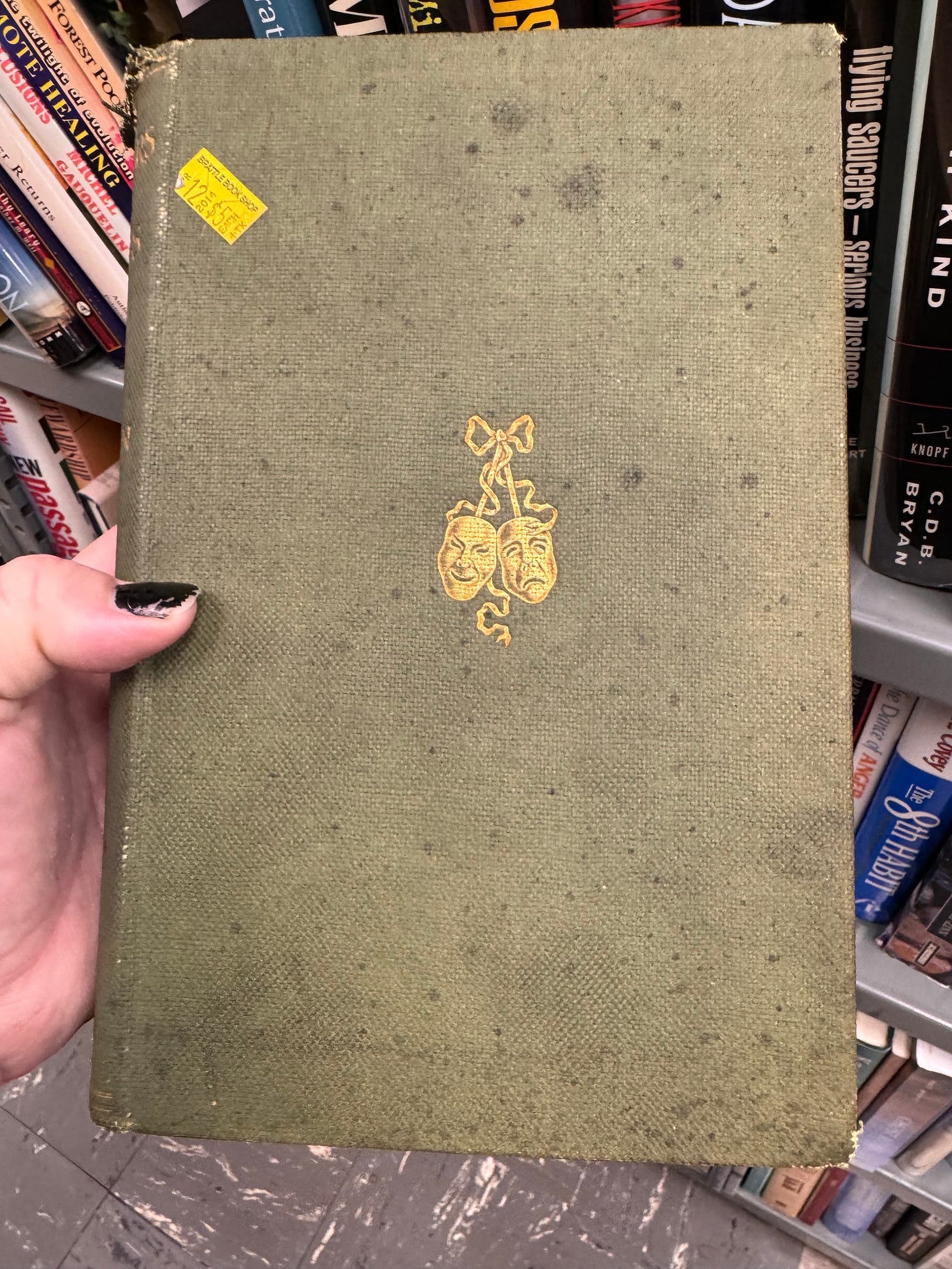
I also found Charles Dickens’ The Old Curiosity Shop volumes with rare bindings. They were an incomplete set and had a damaged cover, so I was able to get them for a discount. However, I fear they may be simply too beautiful to read.
I can’t say enough how delicious it was to experience these celebrated authors in person. The rock stars of their time, it was profound to see so many statues and spaces dedicated in their honor.
I can feel their ghosts haunting me even now as I write, equally critical of my stops and starts as they are of the quality of words on the page. I hope I never stop learning from their ghosts.
“A single dream is more powerful than a thousand realities.”
-Nathaniel Hawthorne, Fanshawe
Sources:
The Legend of Sleepy Hollow, Washington Irving Tales of the Old Dutch Burying Ground Strange Stories By a Nervous Gentleman, Washington Irving The House of Seven Gables, Nathaniel Hawthorne The Poetry of Edgar Allan Poe, published by Arcturus Great Poets Library Spellbound Tours - the very first paranormal tour in Salem Black Cat Curiosity Ghost City Tours, The Ghosts of Omni Parker House Hotel My Favorite Murder episode 298 - Feelings in Real Time Poe-Land, The Hallowed Haunts of Edgar Allan Poe, by J.W. Ocker American Masters: Edgar Allan Poe: Buried Alive The Poe Museum

You can also leave a tip / buy me a coffee if you’re so inclined.
If this post has stirred your spirit, let your presence be known by clicking the heart and restack icons, or by leaving a comment below. Your engagement can summon other wandering souls to this collection, and I am yearning to hear your haunted reflections. Thank you.




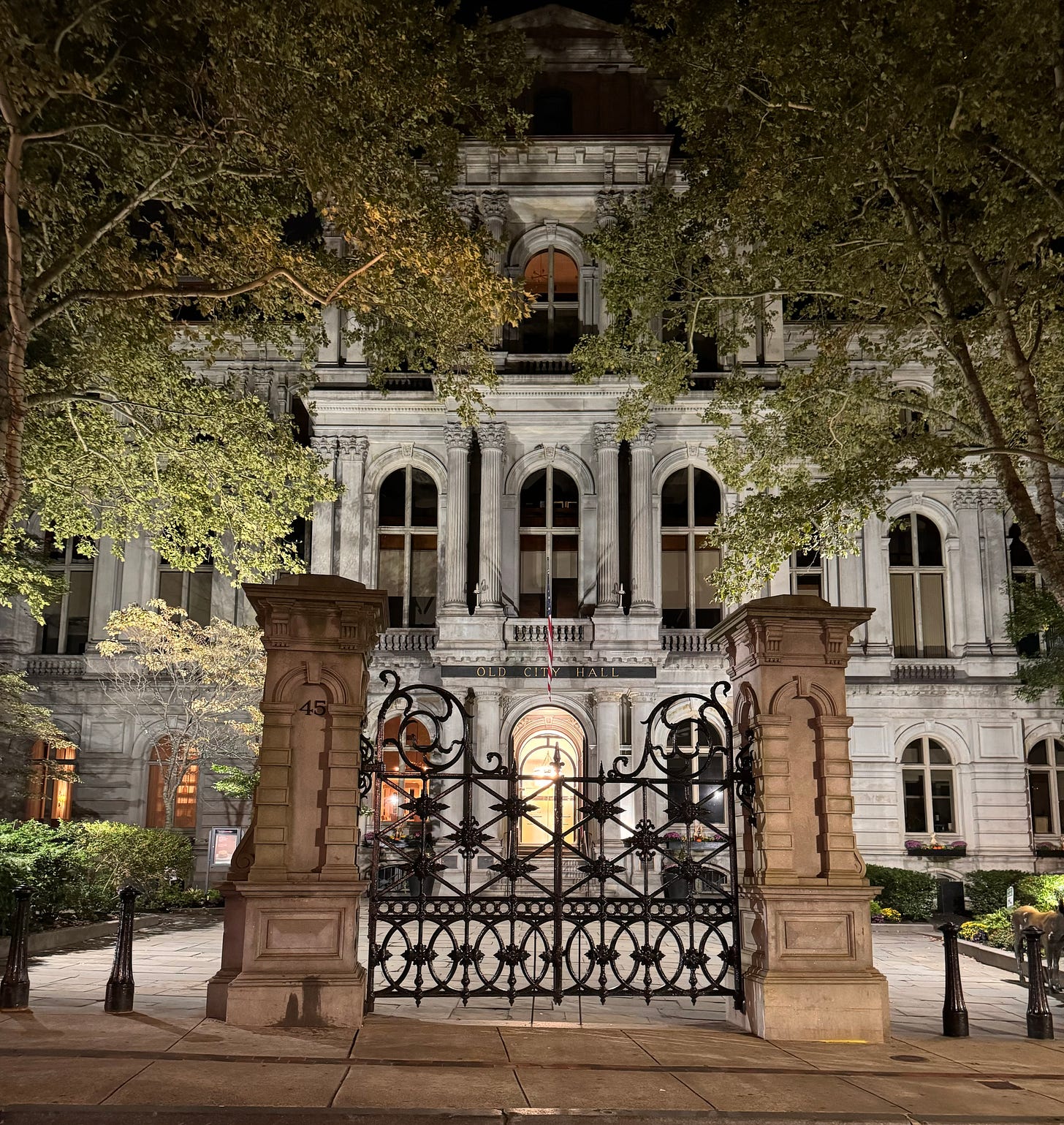
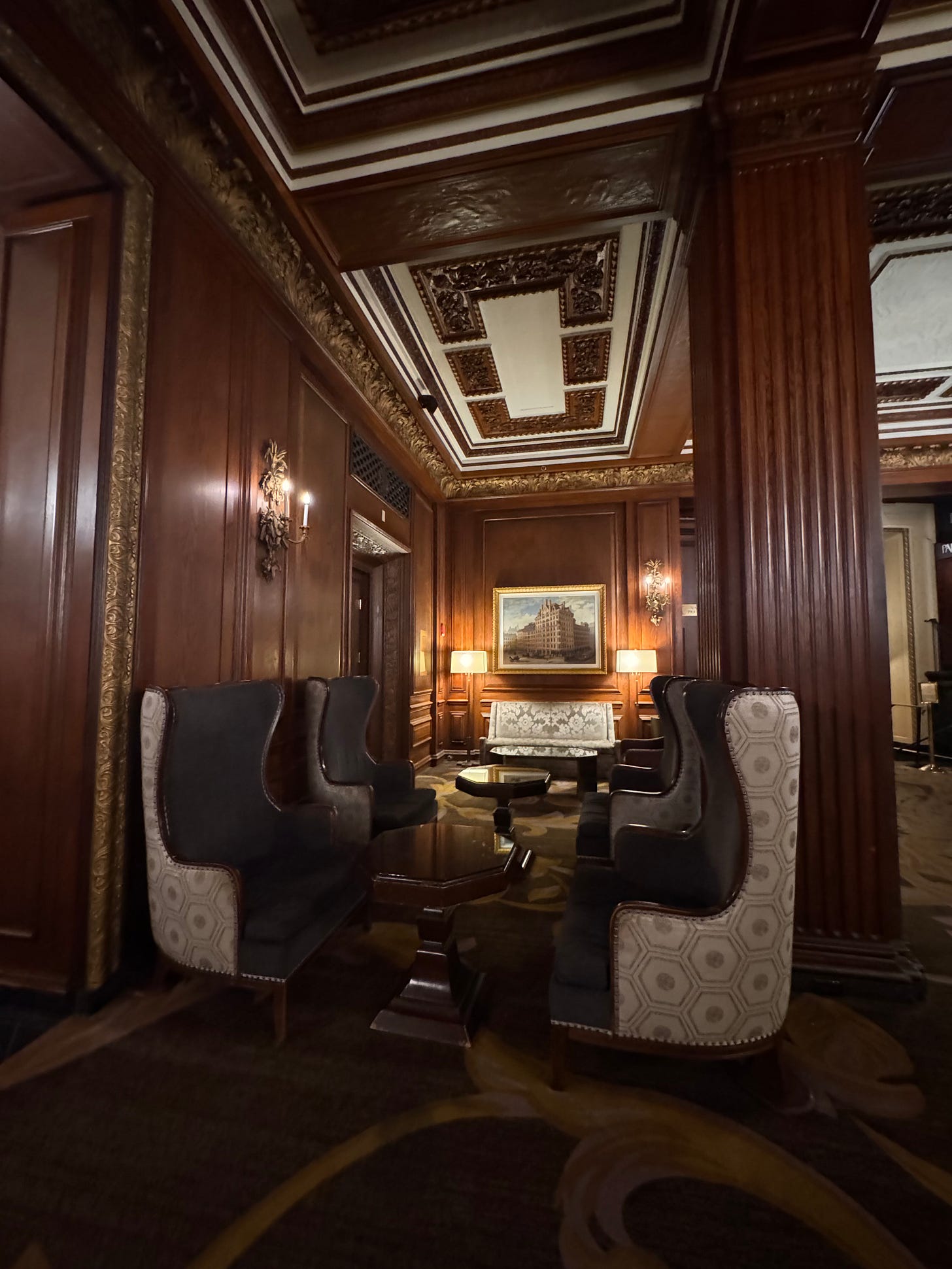
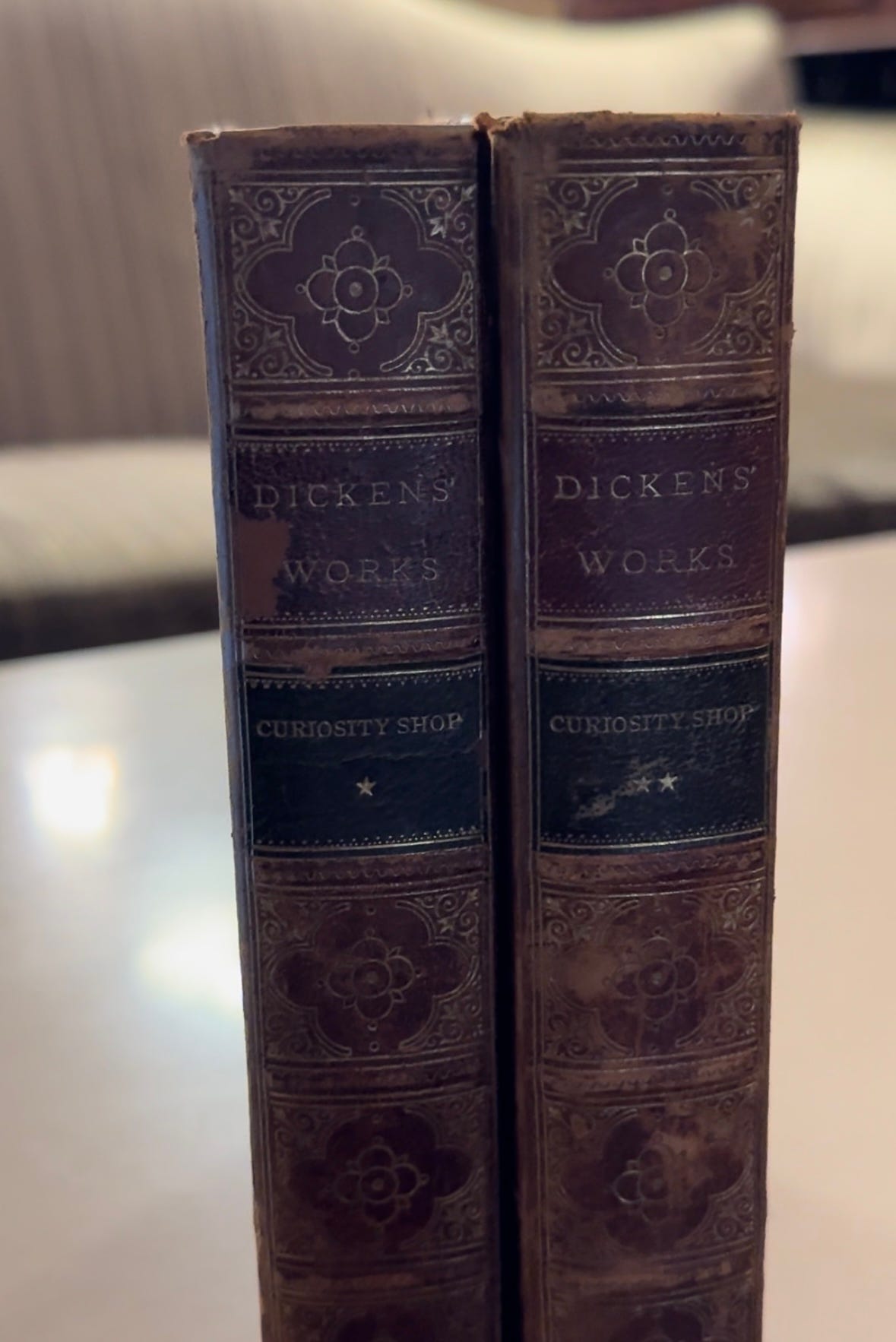
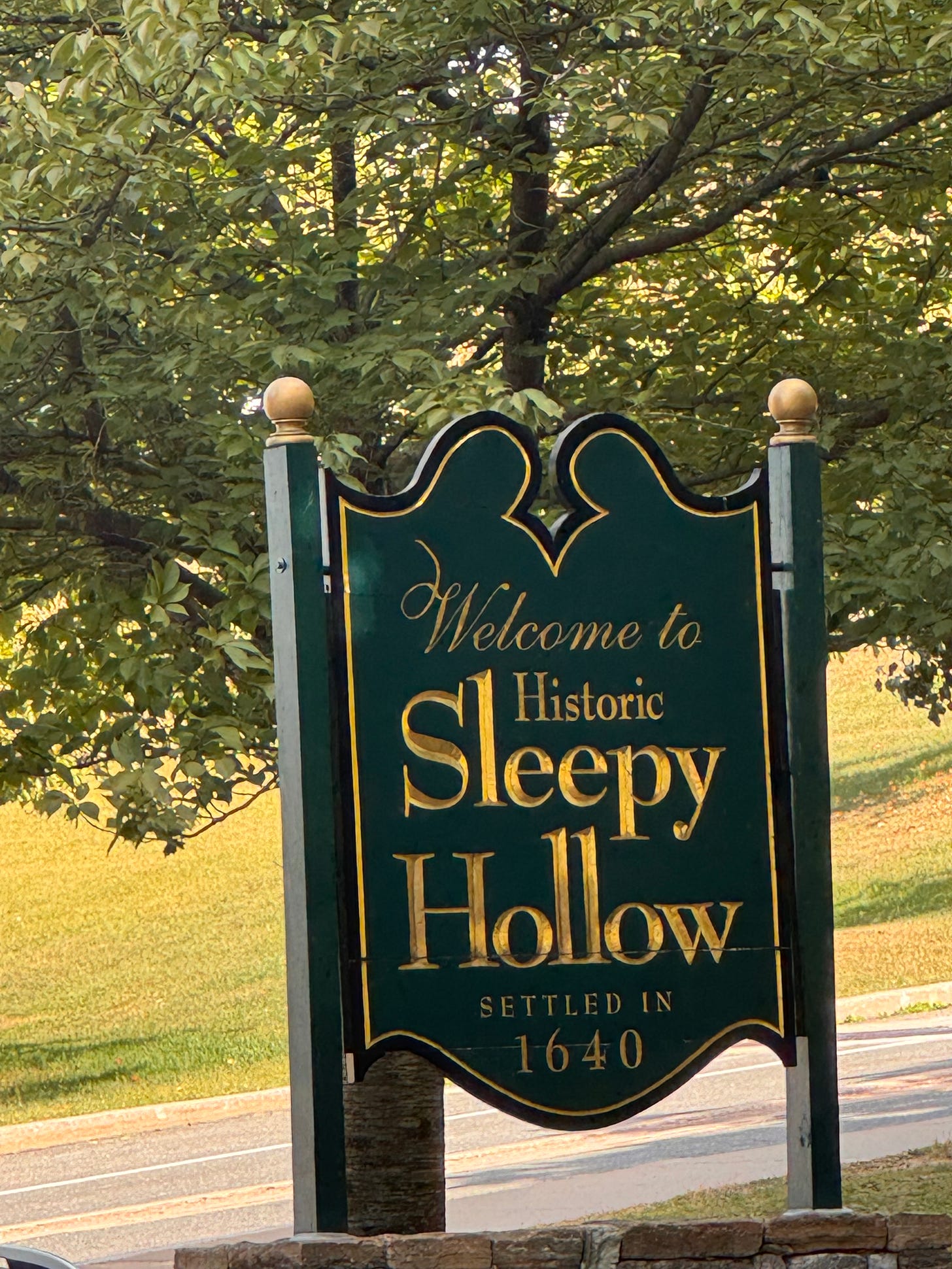
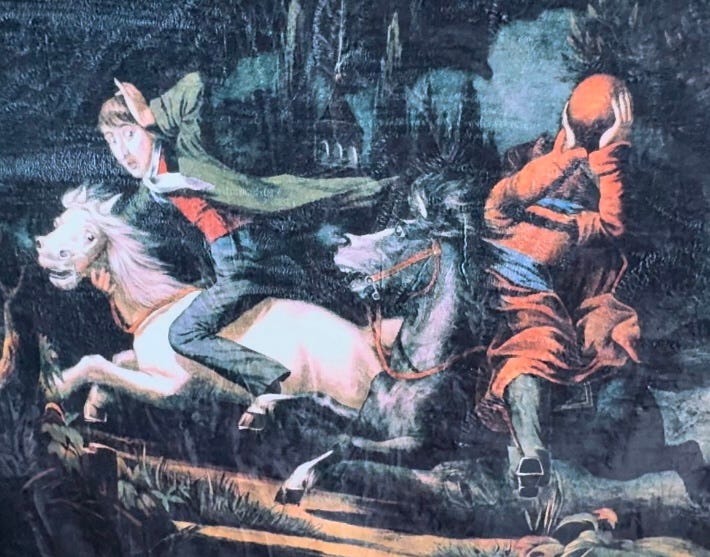


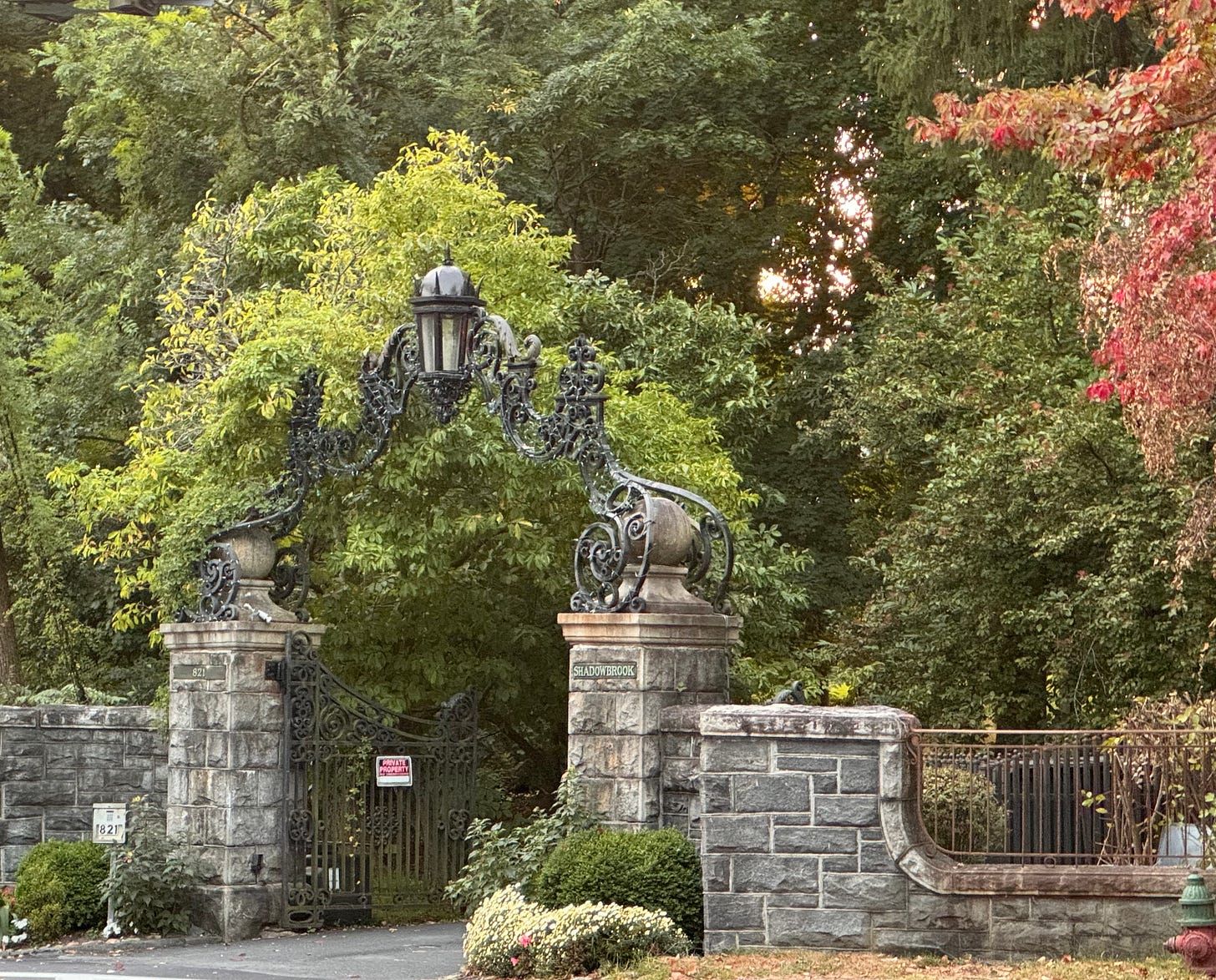

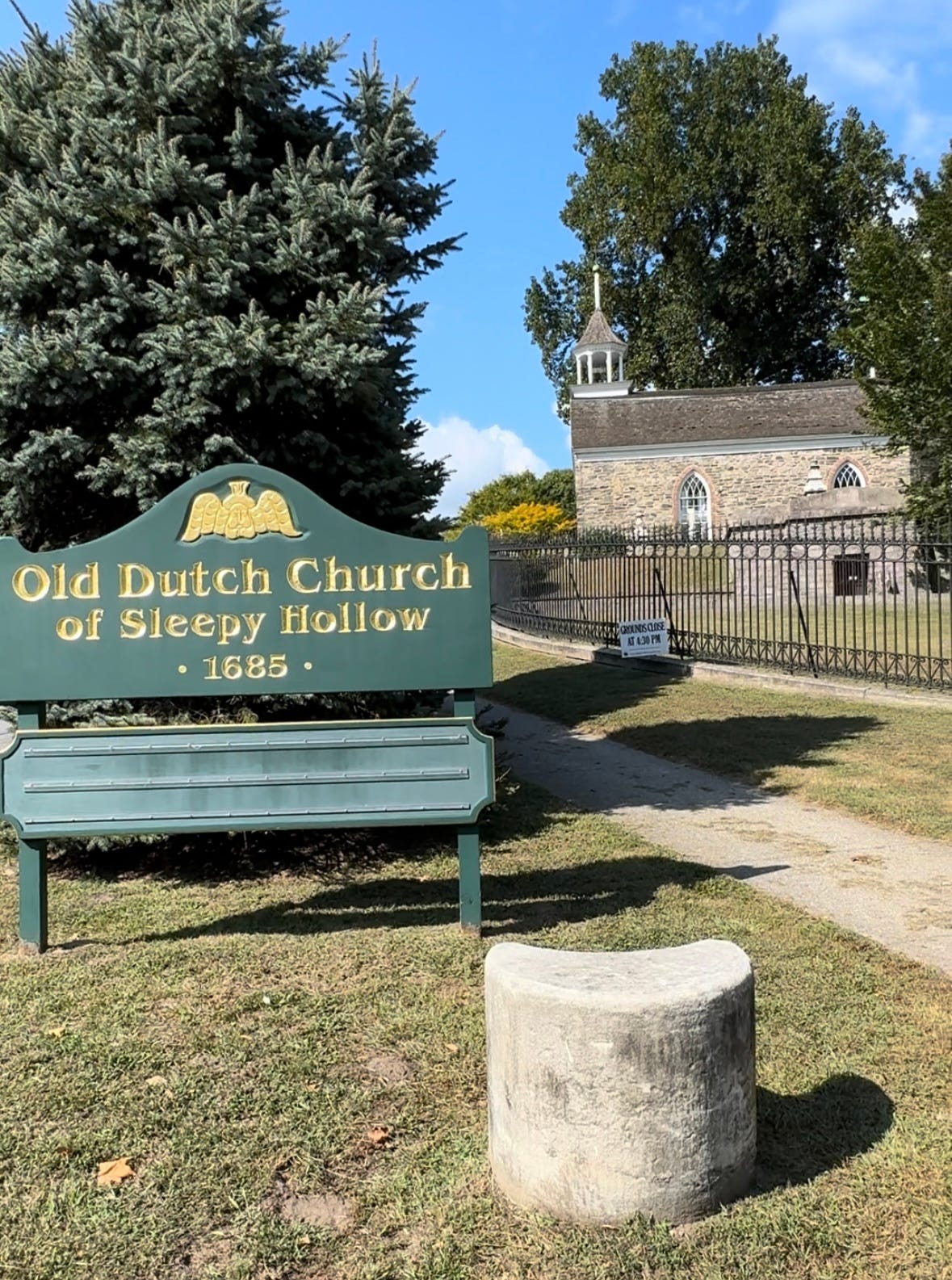

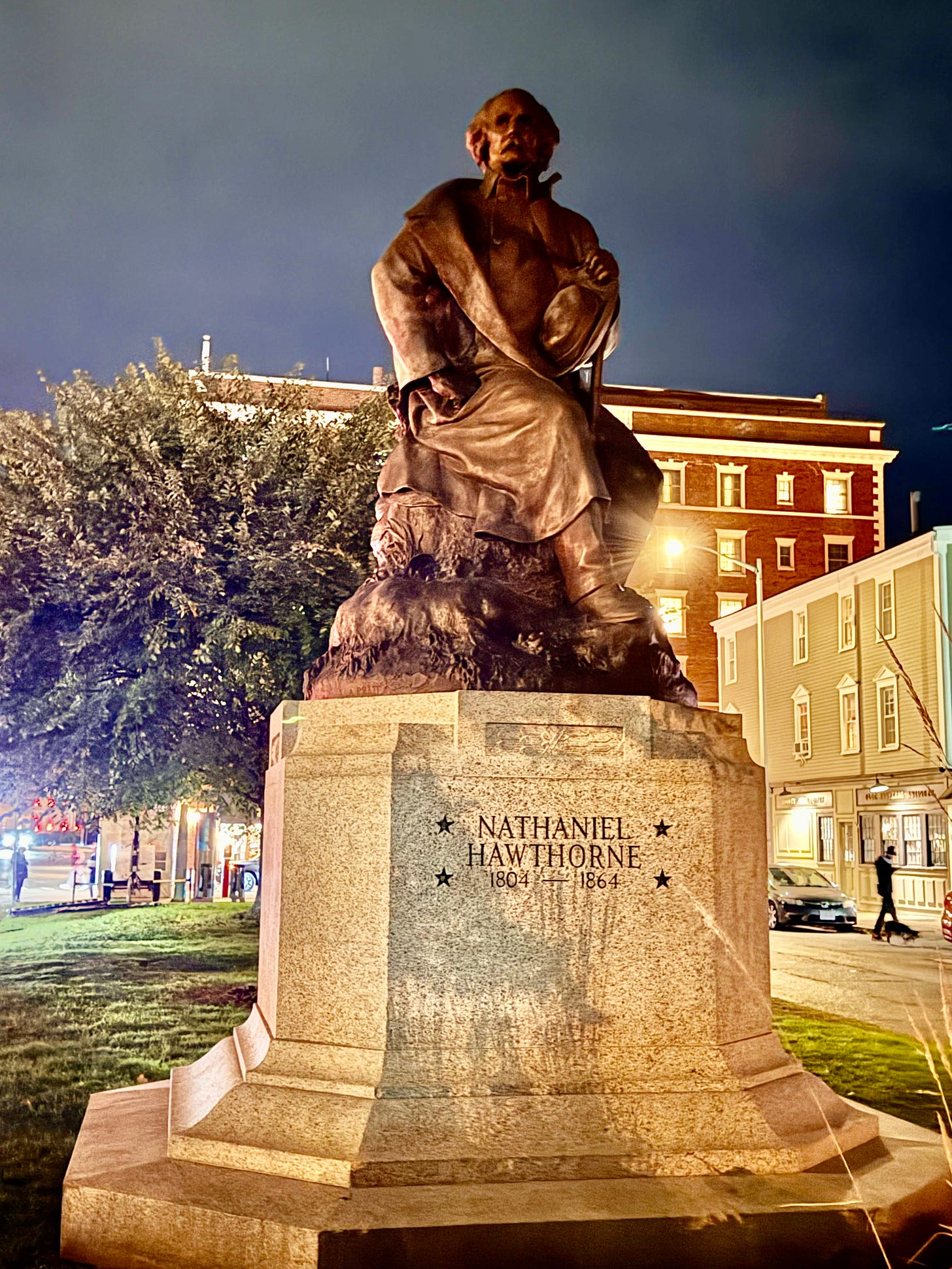


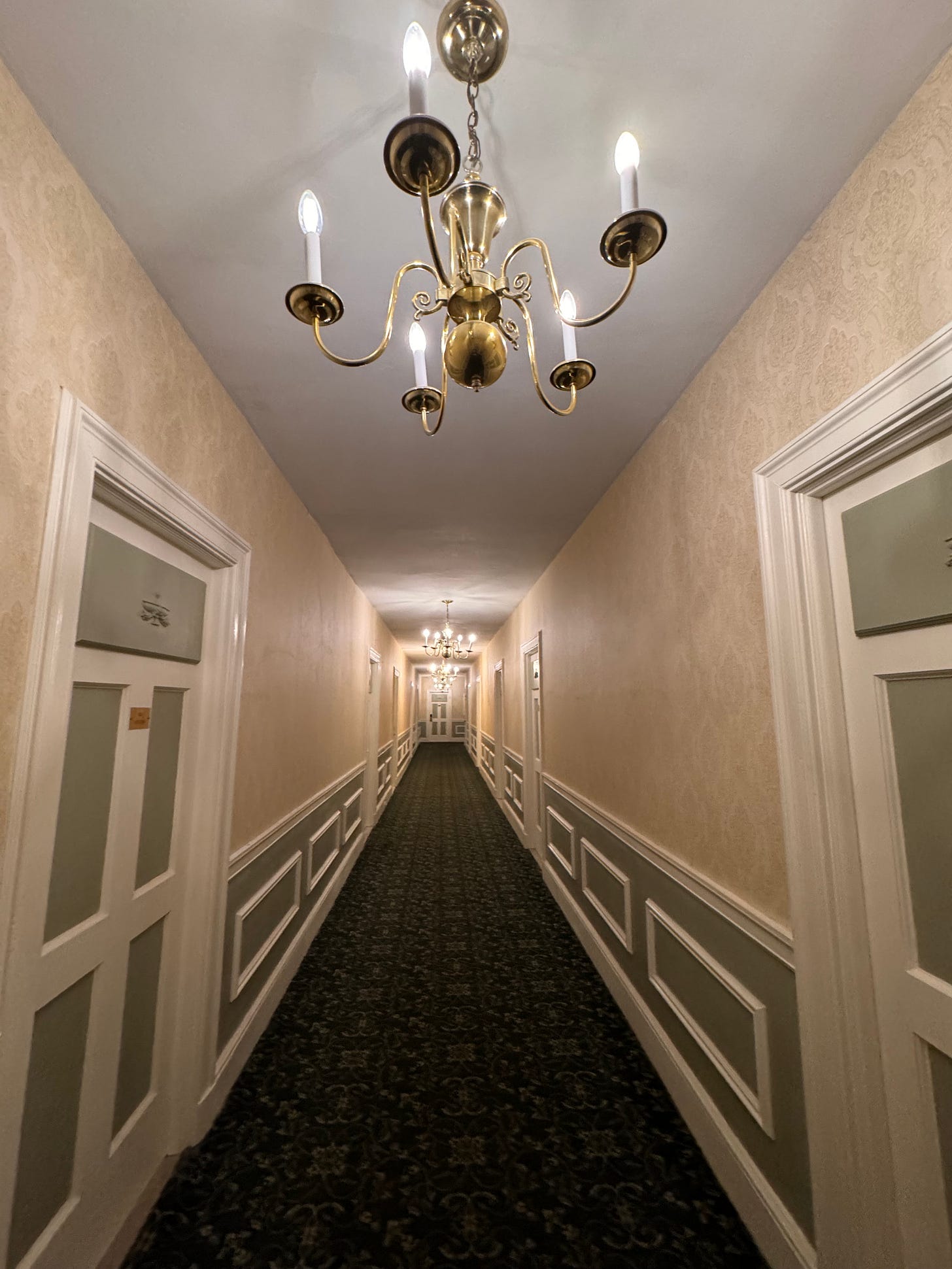

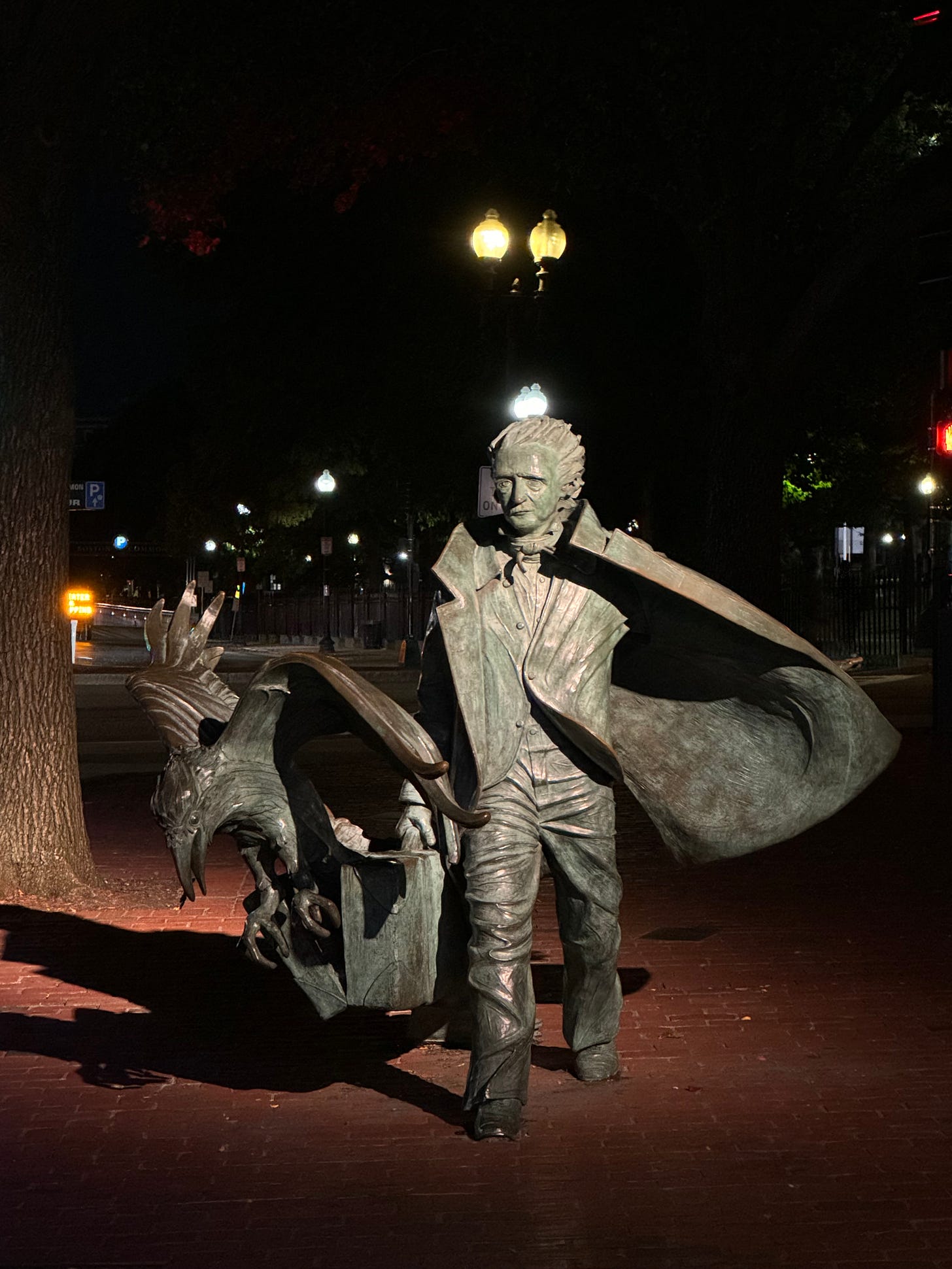




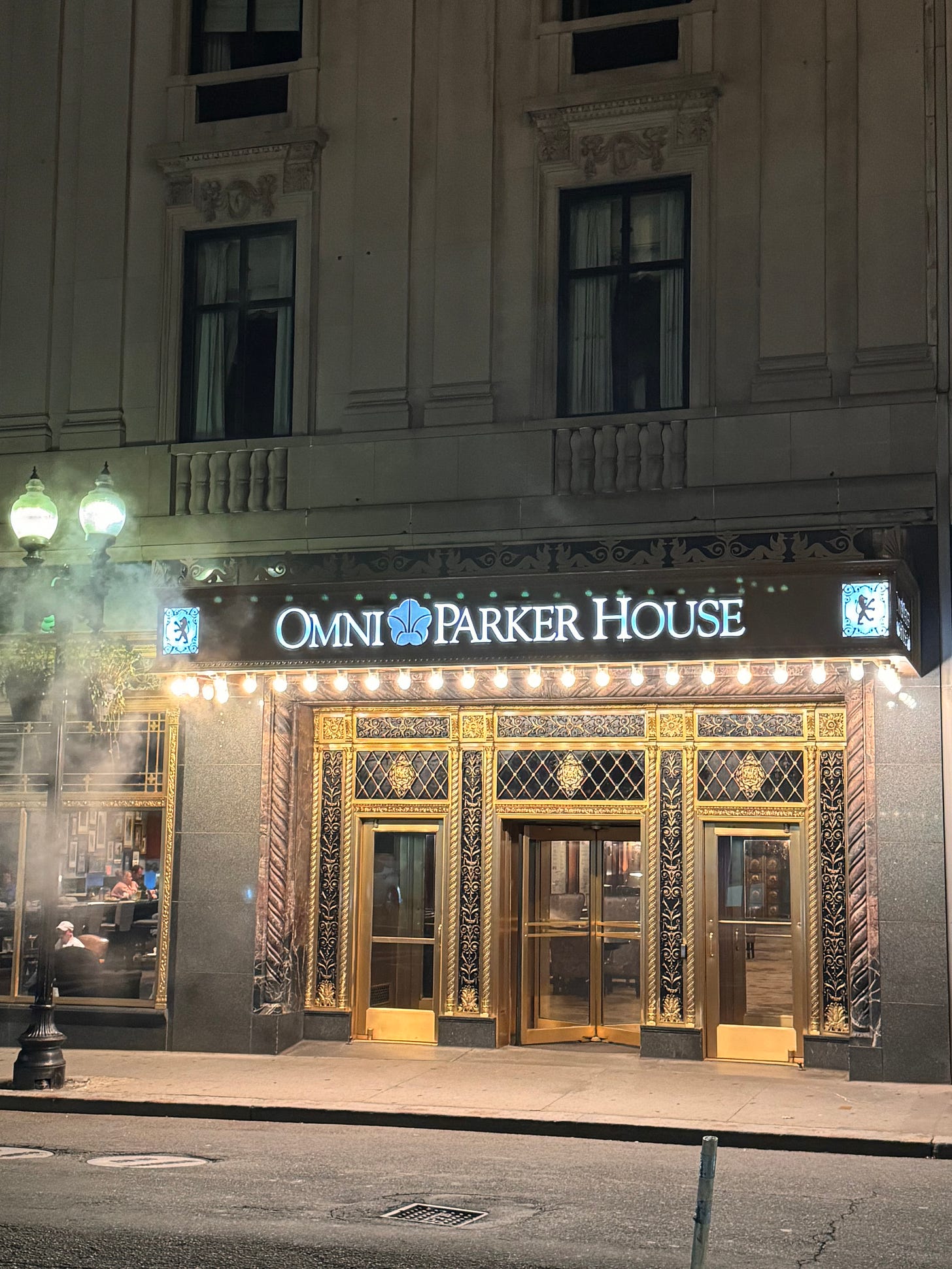

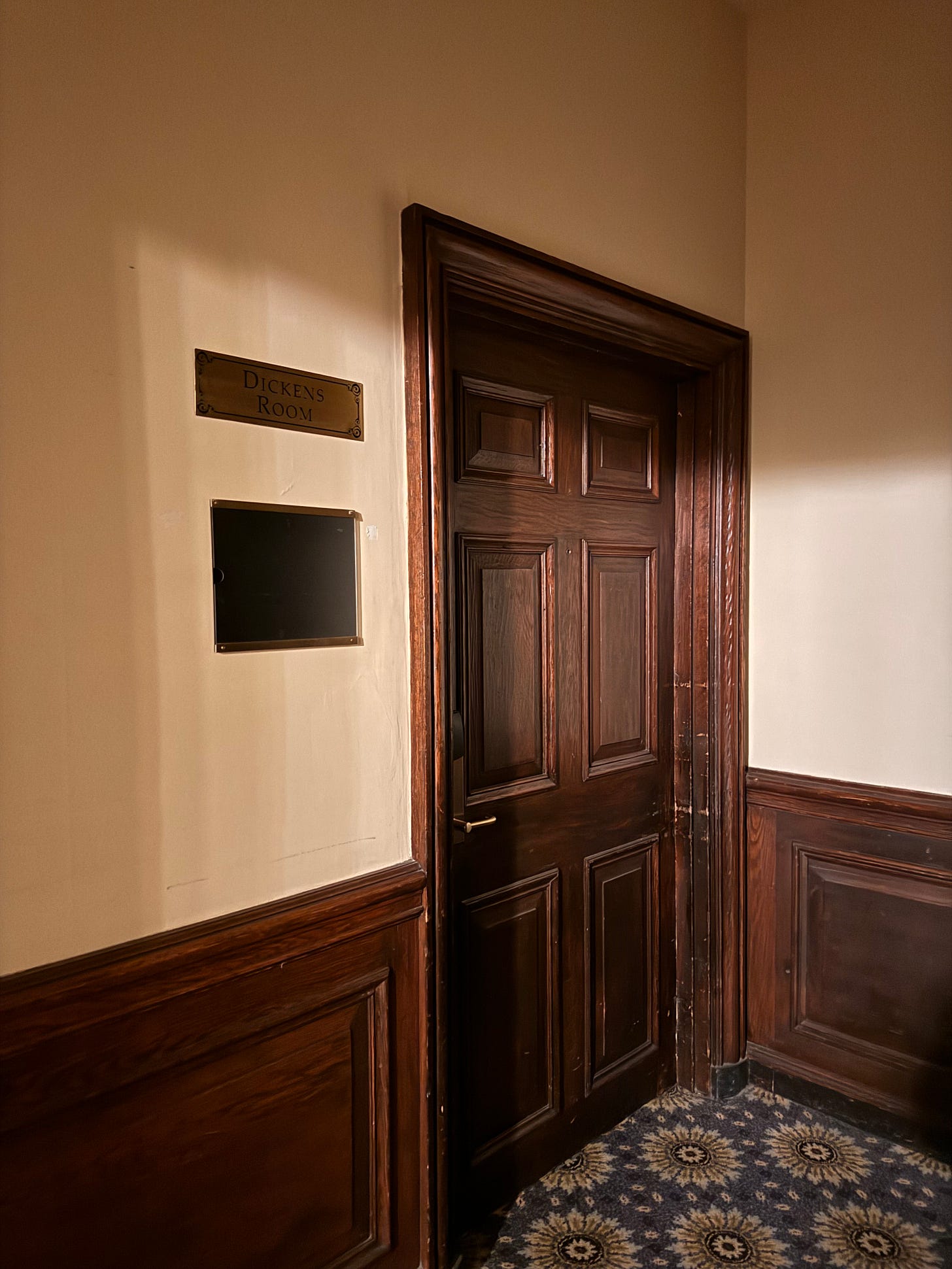
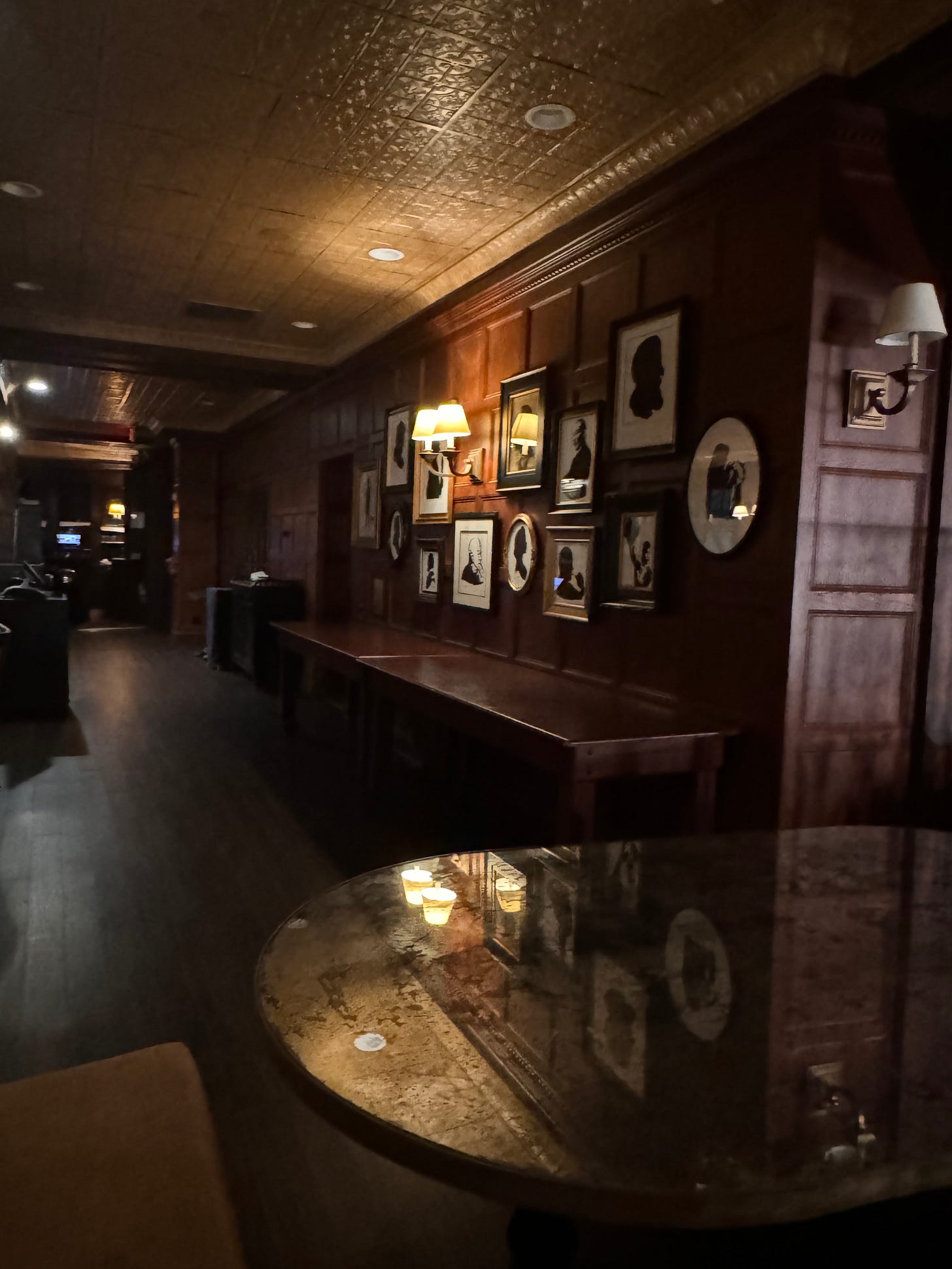
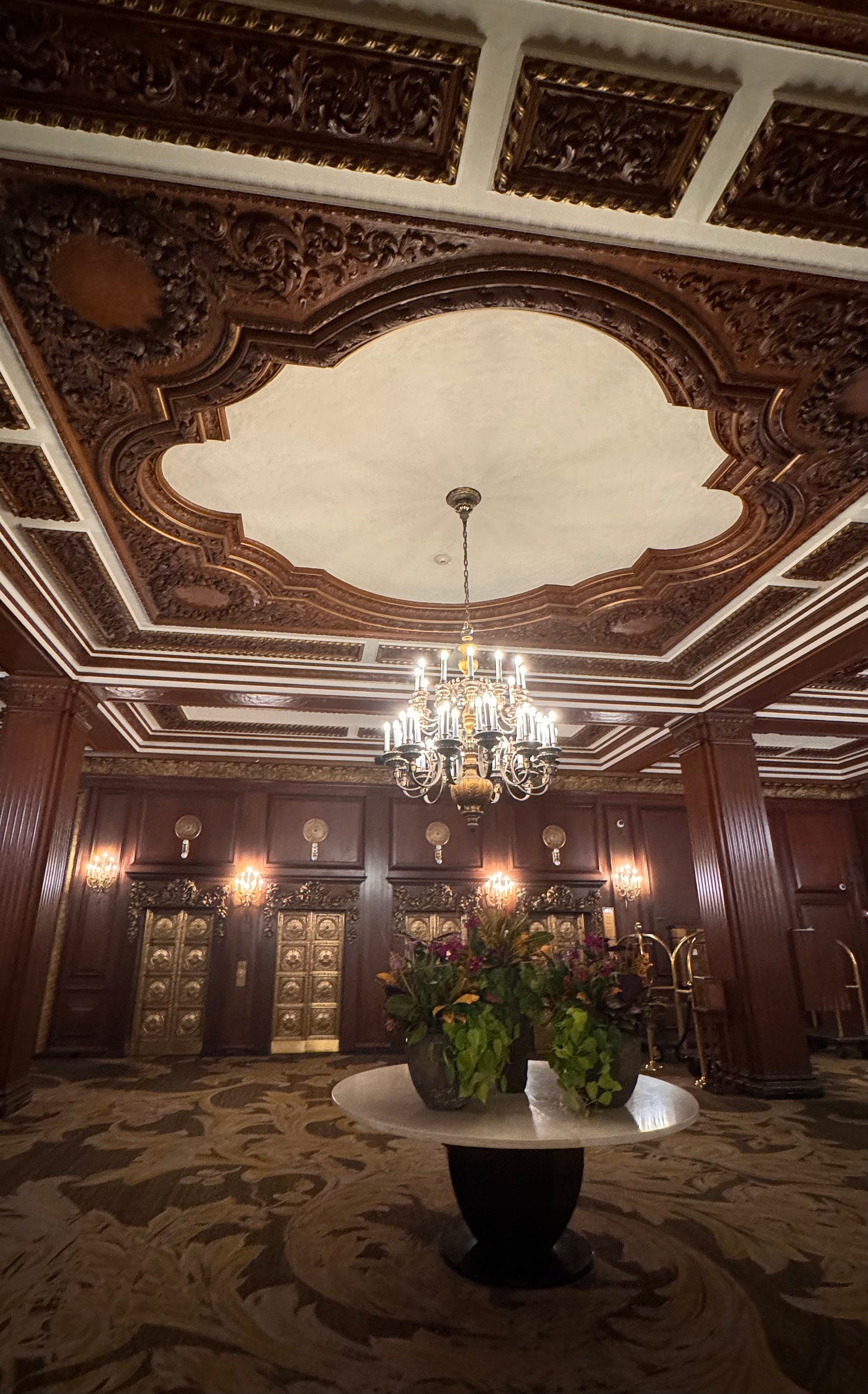



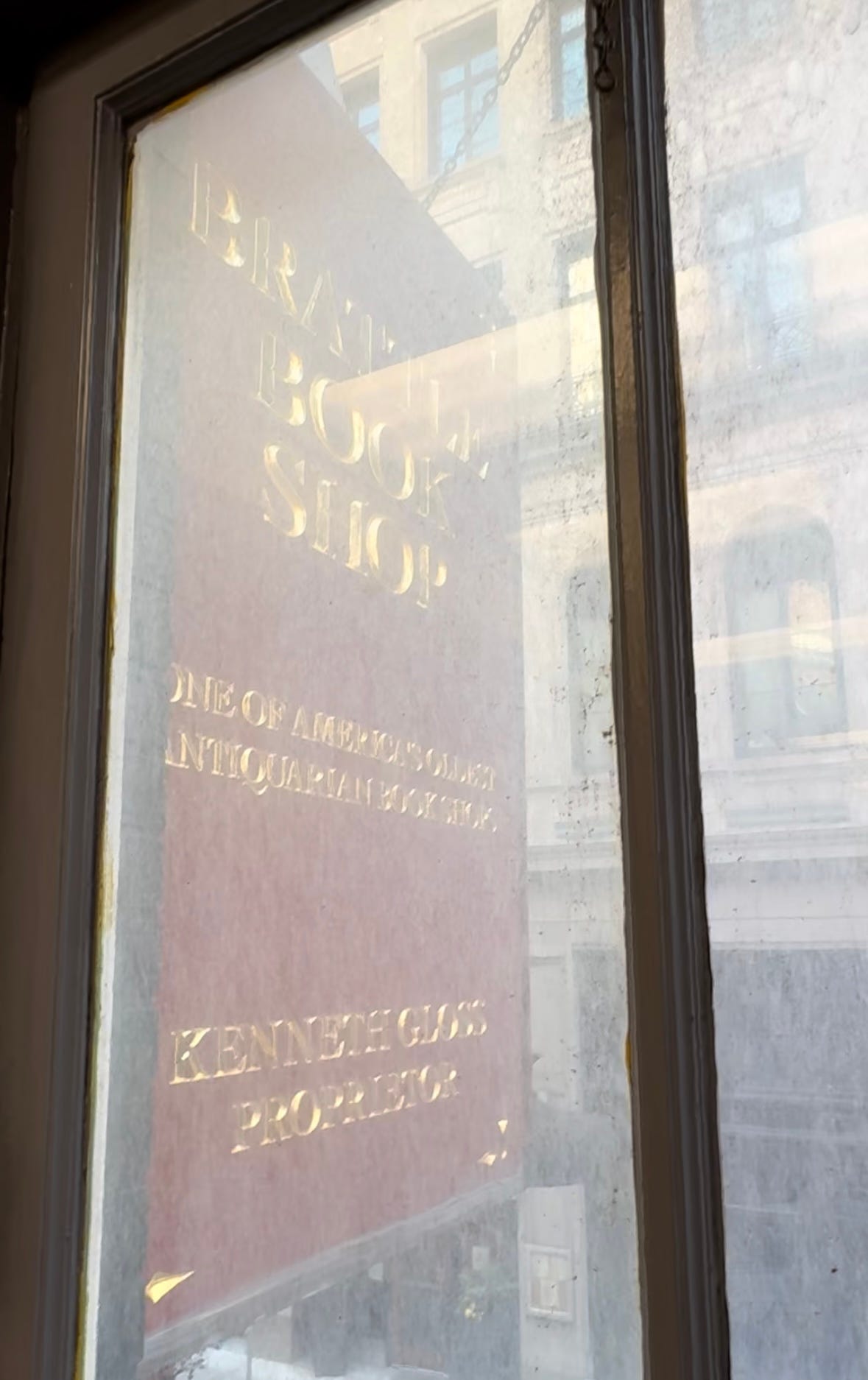
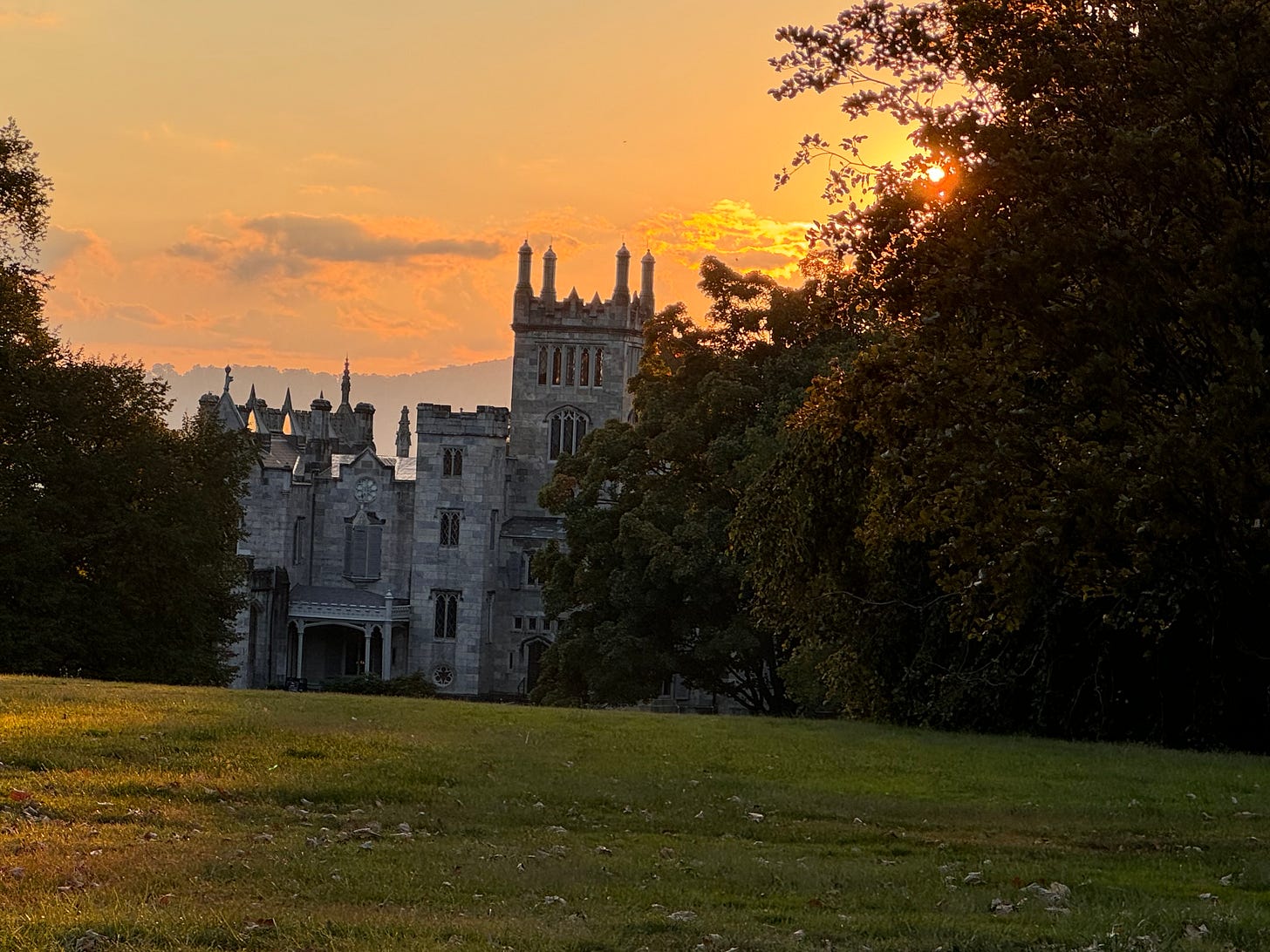
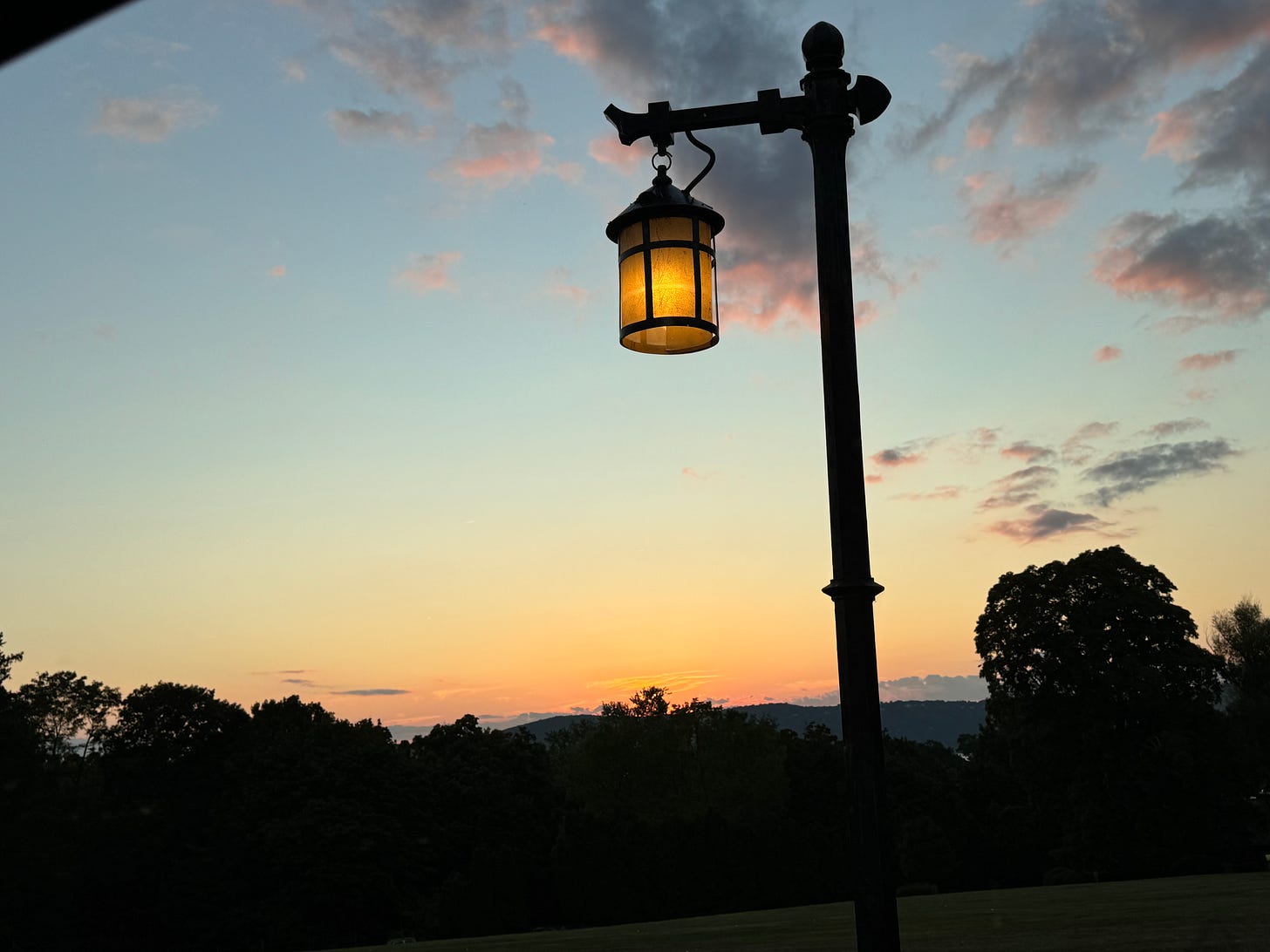
Thank you for this fabulous tour, dreary! I love the way you've combined your passion for literature with your keen interest in ghostly places and lore. Your pictures are great, and it was lots of fun listening to you read this. I look forward to more fascinating posts from you!
What a tour! So many great places and experiences. A few years ago, I attended a reading of part of Legend of Sleepy Hallow in the Old North Church and the Headless Horseman rode through the graveyard. So much fun! So glad you enjoyed your trip and thank you for this post. I'm saving it for future adventures.